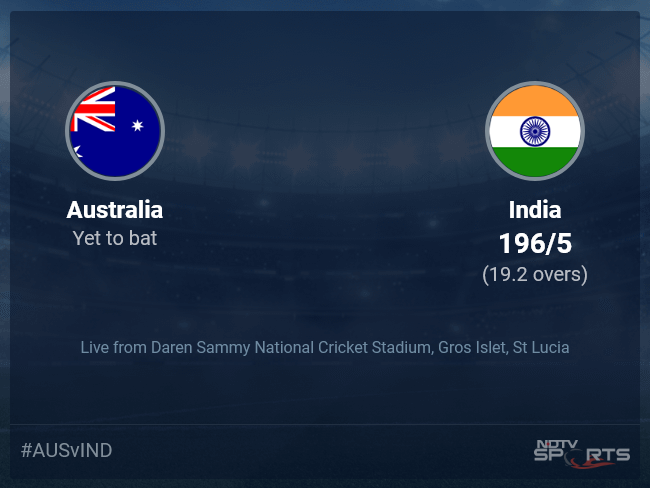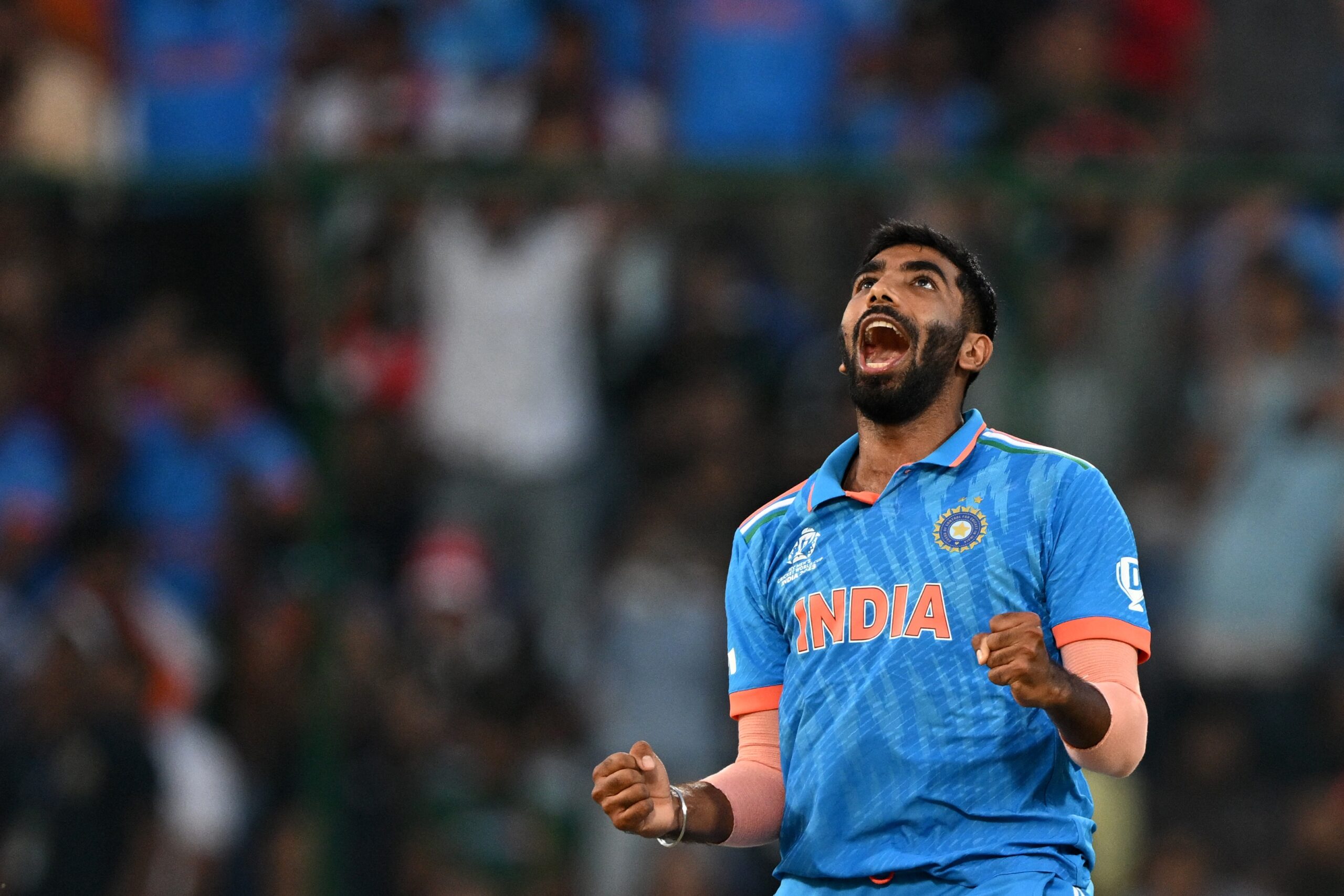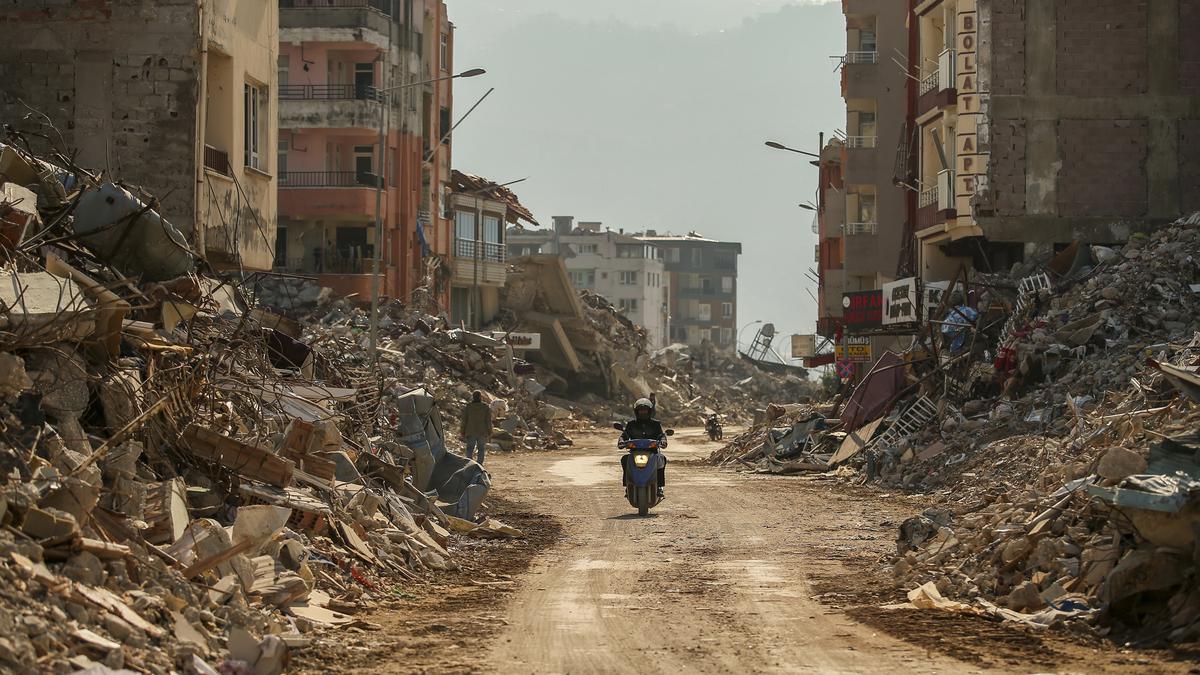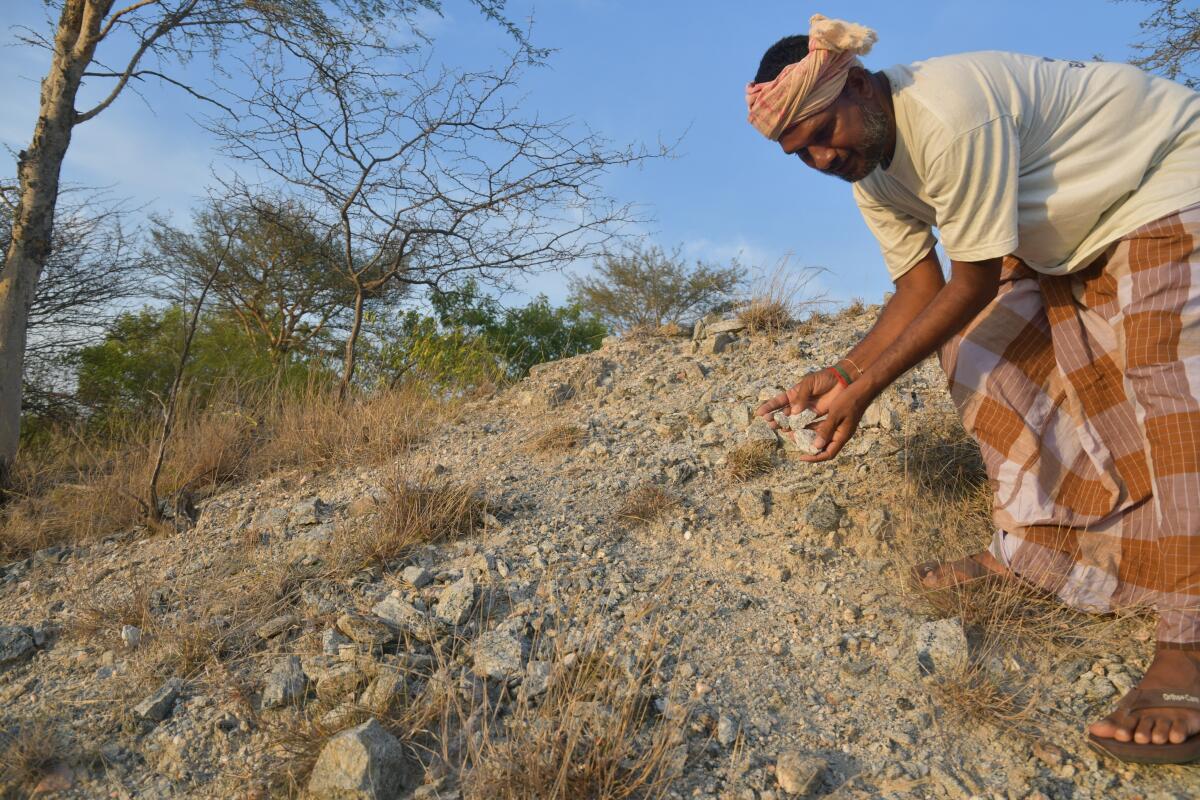Guwahati
An “evil eye” or “toxic vibes” from a person believed to have bad intent is believed to be among the causes of cancer, a study on the factors influencing delayed healthcare in Meghalaya has revealed.
Researchers from the Indian Institute of Public Health in Shillong, the Department of Radiation Oncology of Civil Hospital Shillong, and the State Department of Health and Family Welfare interviewed 37 cancer patients, 12 caregivers, and five healthcare providers between July and October 2021 to understand barriers to cancer care in Meghalaya. The individuals were selected from among people treated at the Civil Hospital Shillong for the five most common cancers in the State: oesophageal, breast, oral, cervical, and lung cancer.
The researchers were by Barilin Dkhar, Carmenia Khongwir, Uniqueky Gratis Mawrie, Fellicita Pohsnem, Redolen Rose Dhar, Anisha Mawlong, Rajiv Sarkar, Melari Shisha Nongrum, and Sandra Albert. Their paper was published in the Indian Journal of Medical Research in October 2024.
According to the paper, the caregivers and healthcare providers highlighted the prevalent cultural concepts in the community regarding the cause of cancers, such as “bih” and “skai”.
“‘Bih’ is not an easily translatable word; its literal translation could be ‘poison’, but here, it does not represent poison in the literal sense, rather it represents a concept in Khasi (the language of the matrilineal Khasi community) which embodies a situation associated with an illness acquired after a person has come in contact with or eaten food with/of a person with bad intent,” the paper said.
Likewise, ‘skai’ is the Khasi equivalent of the evil eye in English.
“The stigma and certain religious beliefs among the poor and illiterate people are strong because of the lack of awareness. In many remote, hilly areas, people tend to go for traditional or herbal healing. Many patients who come here for treatment think cancer is an infectious disease,” Amal Chandra Kataki, director of the government-run B. Borooah Cancer Institute in Guwahati, told The Hindu.
Vulnerable region
In 2022, India recorded 14.61 lakh cancer cases, with one in nine people in the country projected to suffer from the disease in their lifetime. Studies have estimated a 12.8% increase in the number of annual cancer cases by 2025, to around 15 lakh.
India accounts for about 7% of the world’s cancer burden. The highest cancer incidence in the country is in the northeast, including Meghalaya.
The new study said the region’s cancer profile includes a high incidence of cancers of the upper digestive tract, such as of the stomach, oesophagus, and hypopharynx.
Its paper said the oesophagus is the “leading site” of cancer in both genders, followed by those of the hypopharynx in males and of the mouth in females in Meghalaya. These patterns have been attributed to the consumption of alcohol and tobacco and a diet that includes not inconsiderable quantities of smoked meats and fish.
The paper added that “studies have reported low awareness regarding the signs, symptoms, and risk factors of cancers in the region, as well as lower adoption of methods for early cancer detection, such as self-breast examination, potentially contributing to delays in diagnosis and poor survival.”
The lack of cancer-screening also lowers the odds of positive outcomes.
“Awareness about cancer, which needs to be multi-pronged, has not been as intense as for HIV/AIDS,” Dr. Kataki said.
“Many lose the battle against cancer because they come for treatment at the final stages, unlike in the western countries, where early detection saves lives. If the HIV/AIDS campaign could generate awareness in the Northeast on a large scale, a sustained and innovative campaign on cancer care can work too.”
Cultural underpinnings
The researchers’ interviews revealed the perspectives of health and diseases of the tribal population — the Khasis, with seven sub-groups, and Garos comprise 86% of Meghalaya’s 3.27 million people — due to their beliefs may be an important barrier to ideal health-seeking behaviour of individuals with cancer.
In particular, misconceptions, fatalism, and cultural underpinnings were found to be the principal barriers. Misconceptions included beliefs that radiation would “cook” a patient while fatalism held that the patients were destined to suffer.
“Bih”(taint) and “skai”(evil eye) were examples of cultural ideas in the community regarding the causes of cancer, the study said.
“Kren jemdaw”, which means to speak negatively about a person, was also believed to make people susceptible to illnesses like cancer.
Other barriers included hesitancy and stigma. Some respondents said they were uncomfortable about discussing their diagnosis while others believed disclosure could bring bad luck.
“Embarrassment and a sense of shame contributed to perceived stigma, depending on the body parts affected,” the paper said. “Female patients suffering from breast and cervical cancers expressed these feelings.”
Addressing the problem
“Cultural beliefs were just one component among multiple influences on delayed care seeking. We are working with communities to jointly develop approaches that could address the problem,” Sampath Kumar, Principal Secretary of Health and Family Welfare, Meghalaya, told The Hindu. “It is a work in progress. Behaviours can take considerable time to change.”
The interviews also underscored a tendency among the patients to self-medicate, including with over-the-counter preparations. They sought medical consultation only once the remedies proved ineffective.
Ten of the 37 individuals interviewed also said they sought treatment from traditional healers. The preference for affordable and accessible traditional medicines was more prevalent among the males, the study said.
“We are in the process of using new virtual realitytechnologies to remove fears about cancer to help better recovery of cancer patients,” Mr. Kumar said. “This would also help patients understand the science behind the cancer and its treatment.”
“We launched the Meghalaya Cancer Prevention Mission two years ago to ensure early detection and care. We enhanced screening in the large East Khasi Hills district, which helped increase overall awareness,” he added. “We are now getting more new cases reported early due to these efforts.”
The researchers acknowledged that their findings are limited by a “potential lack of generalisability” because most participants were “enrolled from a single government hospital”, even if it was a principal referral centre. They also wrote that the individuals’ views of cancer care may have been influenced by the importance given to COVID-19 as the interviews were conducted during the pandemic.
“Nevertheless, this study highlights the barriers for cancer diagnosis and treatment in an indigenous or tribal population in Northeast India,” the paper added. “Our findings underscore the need to address such misconceptions through culturally appropriate messaging via locally suited channels of communication, while addressing the health system-related barriers such as improving the capacity building of healthcare workers in cancer diagnosis and treatment.”
Published – January 08, 2025 02:54 am IST











